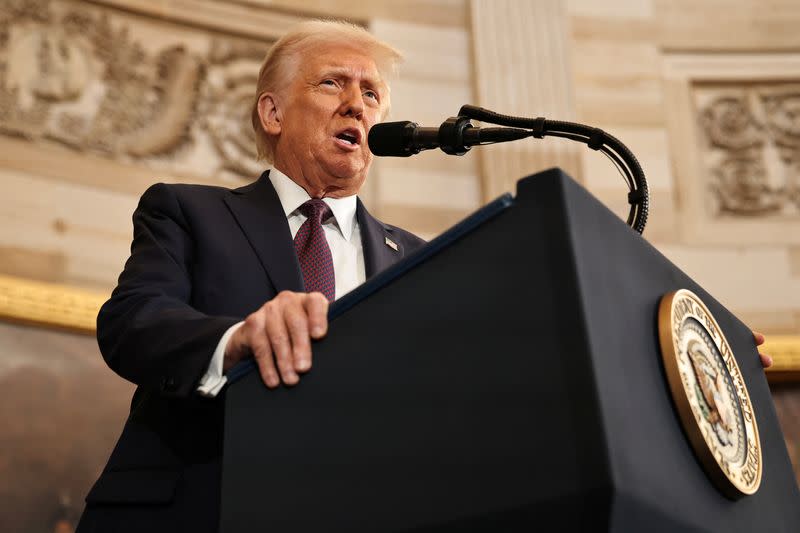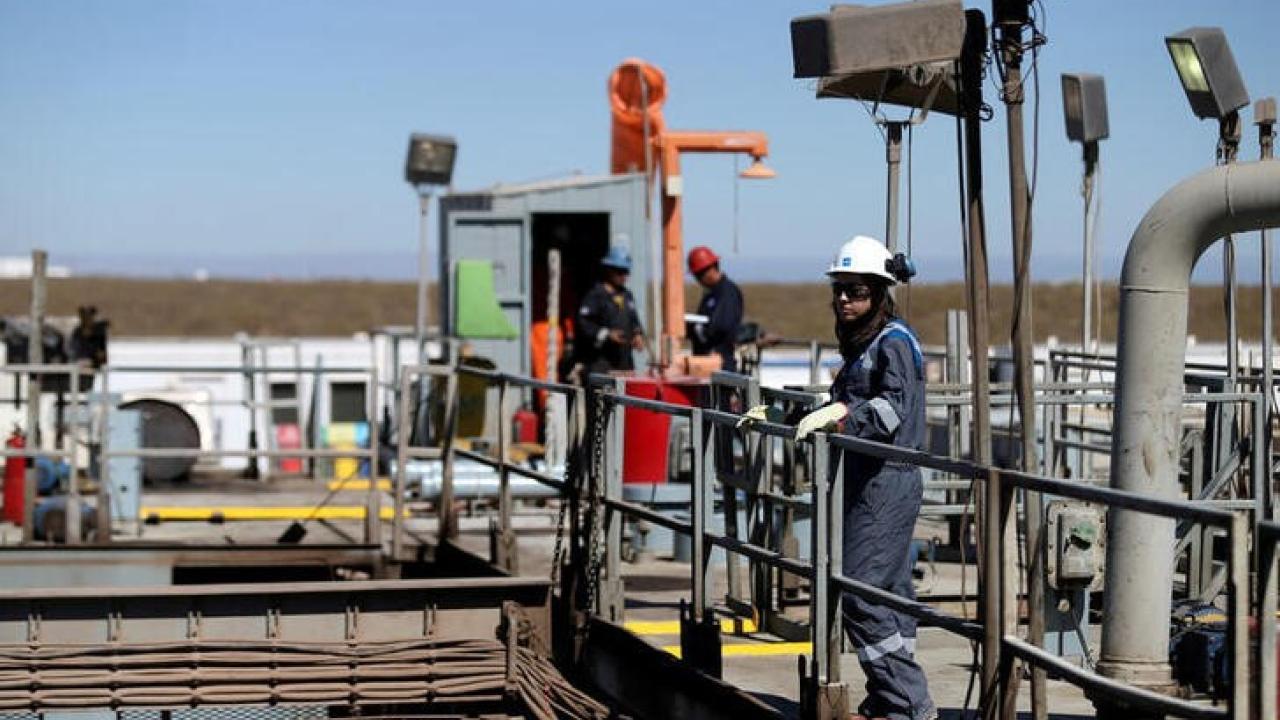The global oil market is expected to move toward a mid-term balance, despite ongoing geopolitical tensions in the Middle East, as supply increases and demand growth slows, the International Energy Agency (IEA) said.
A recent price spike triggered by the Israel-Iran conflict does not overshadow the “fundamental transformation” underway in the oil market, driven by changing global supply and demand patterns, according to the IEA’s newly released medium-term outlook.
Oil demand for fuel use could peak as early as 2027, largely due to a surge in electric vehicle (EV) sales—expected to exceed 20 million this year, or one in every four cars globally—and the growing adoption of natural gas-powered trucks, particularly in China.
EVs alone are projected to cut global oil demand by 5.4 million barrels per day (mb/d) by 2030, the report said.
Additionally, more countries are phasing out oil products for power generation in favor of renewables and natural gas. Saudi Arabia has emerged as a leading example of this energy shift.
Global oil demand is forecast to reach 105.5 mb/d by 2030, after which a slight decline is anticipated.
Between now and 2030, the IEA expects strong demand growth of 4.2 mb/d in emerging and developing economies to be offset by a continued decline of 1.7 mb/d in advanced economies, particularly within the OECD.
China, which has been the main driver of demand growth for the past two decades, is expected to reach its peak consumption this decade. By 2030, its oil use will be only “slightly higher” than in 2024.
India, now the world’s most populous country, is projected to lead global demand growth, with an increase of up to 1 mb/d by 2030.





















